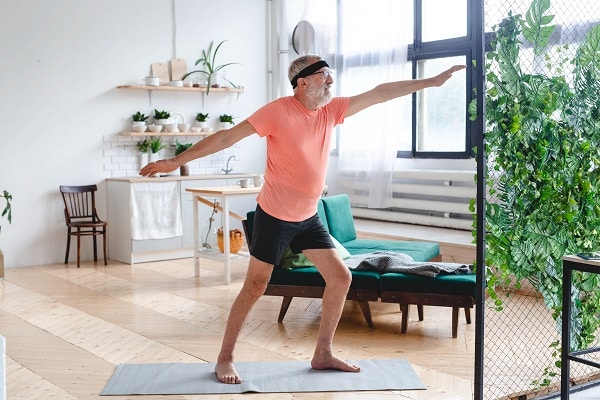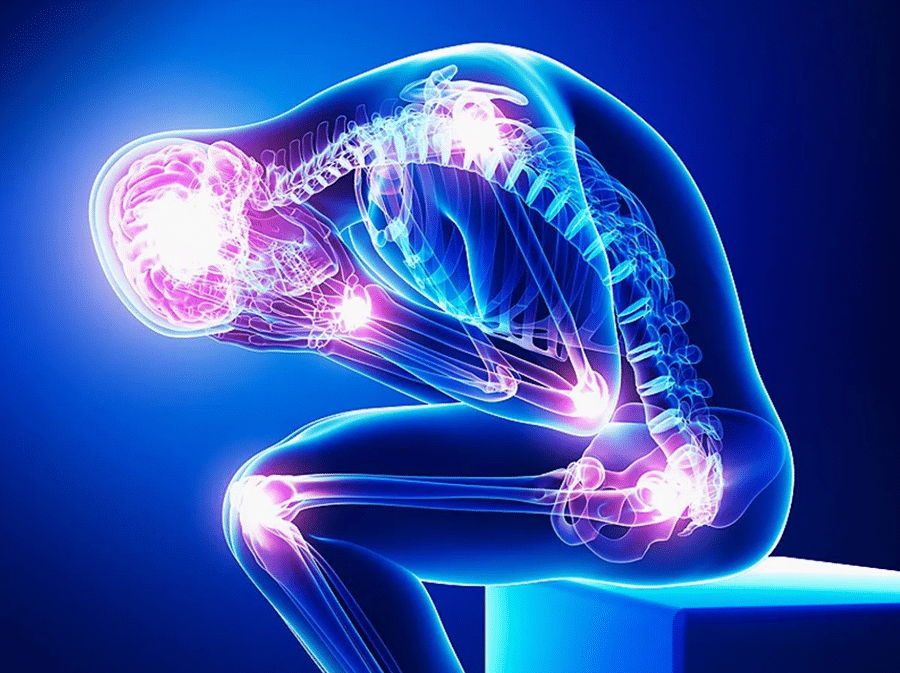A stroke can occur when there is a decreased blood flow to the brain or when a blood vessel in the brain either bursts or is blocked. When this happens, the cells in the brain start to die. Strokes are one of the leading causes of death in the United States and worldwide, so you must do what you can to reduce your risk of having one. This article will give you some tips on how to do just that. Make sure to keep reading to learn more!
Contents
- Get Active And Stay Active – Exercise Regularly To Keep Your Heart Healthy
- Eat A Balanced Diet With Plenty Of Fruits And Vegetables
- Quit Smoking And Avoid Secondhand Smoke
- Drink In Moderation And Watch Your Alcohol Intake
- Manage Your Blood Pressure, Cholesterol, And Blood Sugar Levels
- Start Reducing Your Risk Of Stroke Today!
- Related
Get Active And Stay Active – Exercise Regularly To Keep Your Heart Healthy

Getting and staying active is one of the best things you can do for your heart health. Regular exercise helps to reduce your risk of heart disease and stroke by keeping your heart muscle strong and healthy. It also helps to lower your blood pressure, cholesterol, and sugar levels and helps to keep your weight under control.
Getting just 30 minutes of moderate exercise on most days of the week can make a big difference to your heart health. And the good news is that you do not have to go to the gym or take up a new sport to get active. Walking, cycling, swimming, gardening, housework, and even dancing around the living room are moderate exercise. So get moving today and give your heart the loving care it deserves.
Eat A Balanced Diet With Plenty Of Fruits And Vegetables

A stroke is a medical emergency. A stroke can occur when the blood supply to part of your brain is interrupted or severely reduced, depriving brain tissue of oxygen and nutrients. Brain cells die as a result. There are two types of strokes: ischemic, due to lack of blood flow, and hemorrhagic, due to bleeding. It is essential to recognize the symptoms of a stroke and get to a hospital immediately for treatment.
High blood pressure is the leading cause of both types of stroke. Eating a balanced diet with plenty of fruits and vegetables can help reduce your risk of stroke. Fruits and vegetables are rich in vitamins, minerals, and antioxidants that help protect against cell damage. They also contain fiber, which helps lower cholesterol and keeps your blood pressure under control. So make sure to include plenty of fresh produce in your diet to help reduce your risk of stroke.
Quit Smoking And Avoid Secondhand Smoke

While the risks of smoking are well-known, many people are still unaware of the dangers of secondhand smoke. Secondhand smoke is the combination of smoke from the burning end of a cigarette and the smoke exhaled by the smoker. It is a major health hazard, and exposure to it can increase your risk of stroke.
Hemorrhagic strokes can occur when a blood vessel in the brain ruptures, causing bleeding within the brain. Ischemic strokes occur when a blood clot blocks a blood vessel in the brain, depriving brain cells of oxygen. Both types of strokes can be deadly. Quitting smoking and avoiding exposure to secondhand smoke is the best way to reduce your risk of stroke. If you are exposed to secondhand smoke, take steps to protect yourself by staying in well-ventilated areas and wearing protective clothing.
Drink In Moderation And Watch Your Alcohol Intake

Drinking alcohol has been linked with a reduced risk of stroke for many years. But a new study suggests that the increased risk of bleeding strokes may offset the benefits of moderate drinking. The study, which was published in the journal Stroke, followed more than 3,000 adults for over 20 years.
The participants were put into four groups based on their alcohol consumption: non-drinkers, light drinkers, moderate drinkers, and heavy drinkers. The researchers found that the incidence of ischemic stroke was lower in both the light and moderate drinking groups compared to the non-drinkers. But the incidence of hemorrhagic stroke was higher in the moderate drinkers than in either the light drinkers or the non-drinkers.
When the researchers looked at the combined data for all types of strokes, they found that the overall risk was not significantly different between the light drinkers and the non-drinkers. These findings suggest that moderate drinking may not be as protective against stroke as previously thought. They also underscore the importance of monitoring your alcohol intake, as even a tiny amount of alcohol can increase your risk of bleeding strokes.
Manage Your Blood Pressure, Cholesterol, And Blood Sugar Levels

Managing your blood pressure, cholesterol, and blood sugar levels can reduce your risk of getting a stroke. High blood pressure is the leading cause of strokes, and managing it can go a long way in reducing your risk. Cholesterol and blood sugar levels can also increase your risk of getting a stroke, so keeping them under control is essential as well.
You can significantly reduce your risk of stroke by taking steps to manage your blood pressure, cholesterol, and blood sugar levels. If you are already taking medication for these conditions, it is crucial to take it as prescribed and to follow up with your doctor to ensure that your condition is under control. Making lifestyle changes like eating a healthy diet, exercising regularly, and quitting smoking can help to keep your blood pressure, cholesterol, and blood sugar levels in check and reduce your risk of stroke.
Start Reducing Your Risk Of Stroke Today!
Stroke is a leading cause of death and disability worldwide, but there are things you can do to lower your risk. Start by making healthy lifestyle choices, such as eating a healthy diet and getting regular exercise. If you smoke, quitting is the best thing you can do for your stroke risk. You should also know your blood pressure numbers and work with your healthcare team to keep them in a healthy range. Finally, be sure to stay up to date on your vaccinations and manage any chronic health conditions you may have. By taking these steps, you can start reducing your risk of getting a stroke today!


